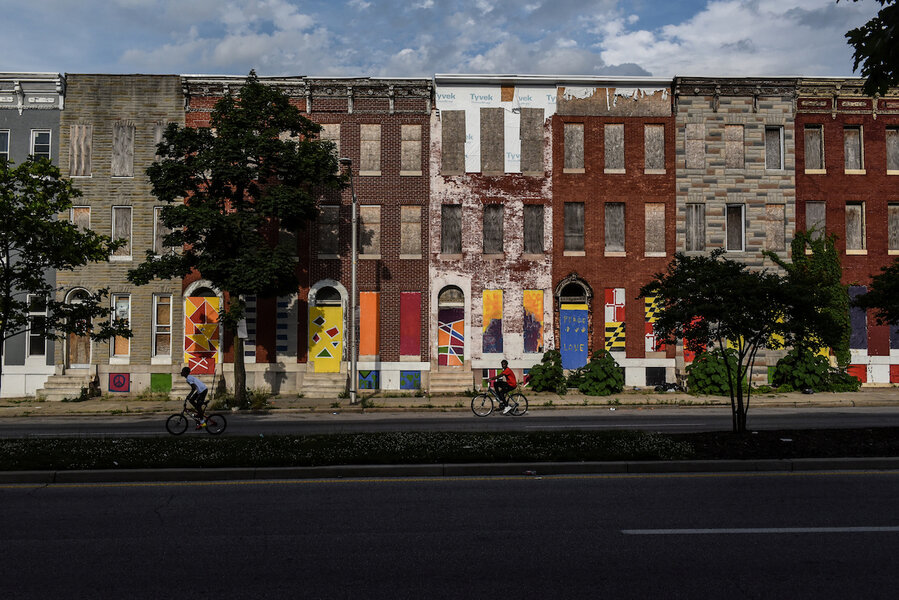Why unaffordable rental housing may be new normal in the US
Loading...
| Washington
A growing number of Americans cannot afford to pay their rent as rental property prices hit a record high, researchers said on Friday, amid an outcry over rising evictions and homelessness.
The number of U.S. households living in rentals also surged to 43.7 million in 2018 – up 21% from 2004 – a study by Harvard University found, as a growing share of older, larger families can no longer afford to buy their own homes.
"This is like nothing that we've seen," said Whitney Airgood-Obrycki, the study's lead author, pointing to the rising number of households who are cost-burdened – or spend more than 30% of their income on housing.
Some 21 million U.S. renters are cost-burdened, according to the report – accounting for almost half of all renters – in both urban and rural areas across the country, with minorities disproportionately affected.
"When we talk about cost burden, this could be the new normal," Ms. Airgood-Obrycki, a researcher with Harvard University's Joint Center for Housing Studies, told the Thomson Reuters Foundation.
The problem of unaffordable rental housing is a global one, according to World Bank, which found that the only affordable rentals in most fast-growing developing countries were insecure, in the informal sector and with poor living conditions.
About 65% of the U.S. population are homeowners, according to federal statistics, with most of the rest in rentals.
Since the 2008 recession, caused in part by a wave of homeowners unable to repay their mortgages, the number of cost-burdened renters has risen by 2.8 million, according to Apartment List, an online rental platform.
These people are forced to make difficult trade-offs.
"You might cut back on health care to pay for rent, or you might miss a rent payment, which could trigger eviction or homelessness," Ms. Airgood-Obrycki said.
High-income renters have flooded the U.S. market, having either lost their homes or unable to afford to buy, leading to higher rents, the lowest vacancy rates since the mid-1980s and a spurt of rental construction tailored to them.
Households earning at least $75,000 per year accounted for three-quarters of the growth in renters since 2010 – up by 3.2 million - the Harvard study found.
In turn, the property prices for rental apartments have reached record highs, rising 150% between 2010 and late 2019.
"In the past decade, the lowest-income renters have seen a loss of more than 2 million apartments affordable to them and experienced increased evictions," said Diane Yentel, chief executive of the National Low Income Housing Coalition.
"The report makes clear that the housing crisis is most acute for the lowest-income renters, particularly low-income black and Latino renters," she said in emailed comments.
Millions of poor people who are eligible for housing subsidies have not received help as federal rental assistance programs have grown by only about 1.5% annually in recent years, the Harvard report said.
This story was reported by The Thomson Reuters Foundation.







